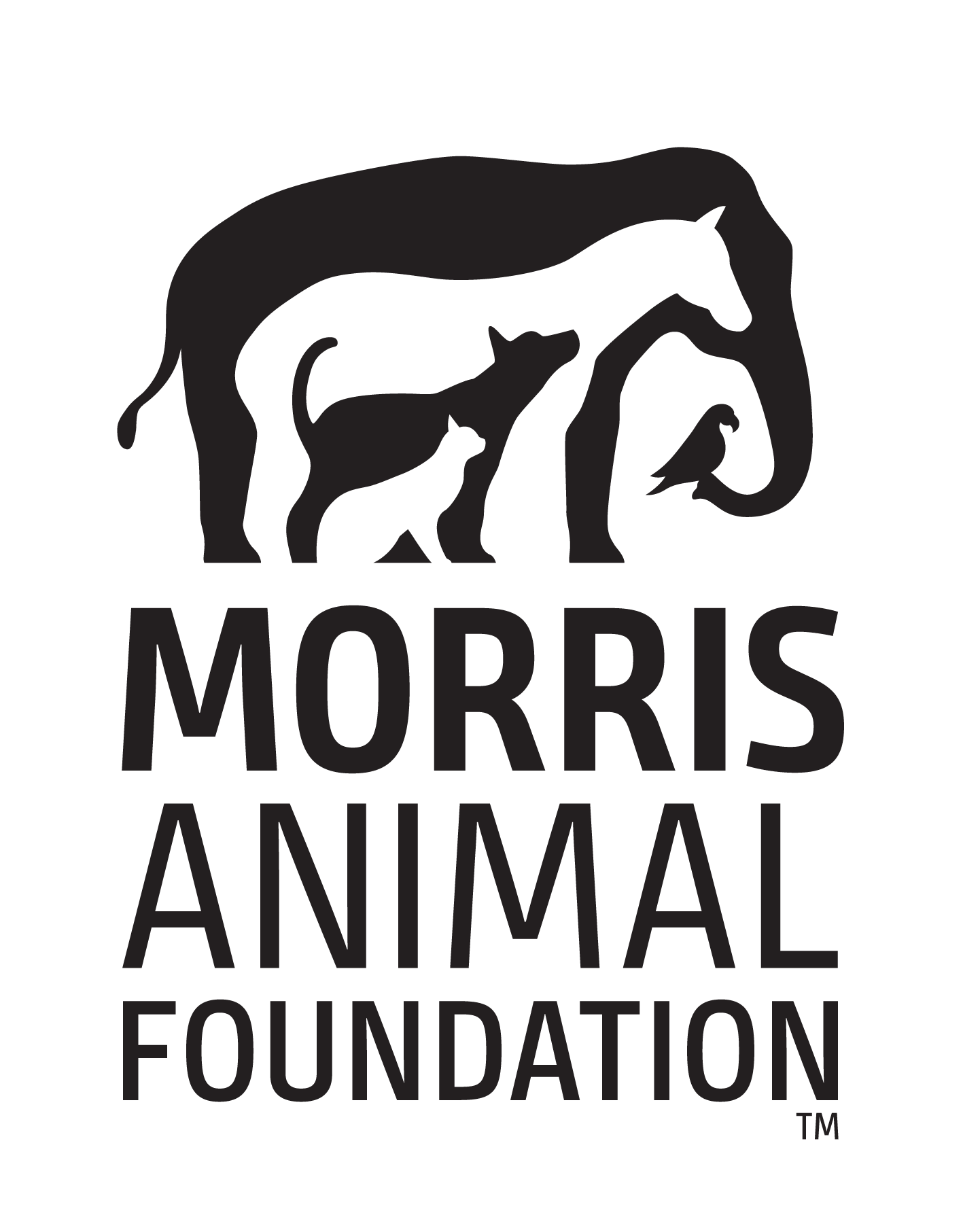Your TRUSTED Guide
Planning for Your Horse Throughout Their Life

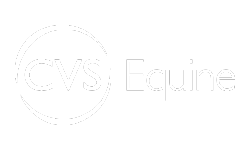
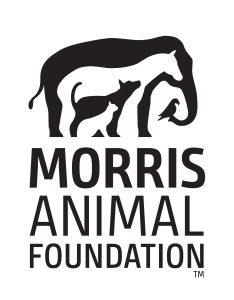
Your TRUSTED Guide
Planning for Your Horse Throughout Their Life
About this Guide
The TRUSTED Guide is to help you with planning and shared decision-making for your horse throughout their life. This includes while they’re healthy, during difficult decisions, serious injury, illness, and end-of-life. Start at the stage best for your horse, and loop back or skip ahead as needed. Download the TRUSTED Plan to record your thoughts.
We developed this guide using research with horse owners, vets, and other key people. The research was conducted at the University of Nottingham, with collaboration from CVS Group, and funded by the Horse Trust and the Morris Animal Foundation.
About this Guide
The TRUSTED Guide is to help you with planning and shared decision-making for your horse throughout their life. This includes while they’re healthy, during difficult decisions, serious injury, illness, and end-of-life. Start at the stage best for your horse, and loop back or skip ahead as needed. Download the TRUSTED Plan to record your thoughts.
We developed this guide using research with horse owners, vets, and other key people. The research was conducted at the University of Nottingham, with collaboration from CVS Group, and funded by the Horse Trust and the Morris Animal Foundation.
Become a TRUSTED Practice
Calling all equine veterinary practices:
Would you like your practice to be one of the first to offer the TRUSTED Guide and Plan to your clients? Our resources encourage quality of life monitoring and earlier planning for emergencies and end-of-life care, and support communication when making difficult decisions, including those about euthanasia. We are currently still trialling the resources in practice and will be updating them based on our findings. When they are ready for release we will provide free of charge both digital and hard copies to practices that sign-up to receive them, and can provide guidance on how they can be used. Fill out the form to register your interest: TRUSTED Practice Form
What is Shared
Decision-Making?
Shared decision-making is where patients and healthcare providers work together to make choices for the patients’ care. Sharing decisions helps choose the best care or treatment for your horse. Responsibility is shared between the people making the decision. It will likely involve you and your vet but could also involve a range of other trusted people. Such as a loaner or sharer, family members, yard manager, farrier, or physiotherapist.
People may use shared decision-making in different ways. You might prefer to take the lead, or prefer your vet to lead. Your preferences might also change depending on the situation. Talk with your vet about the role you want to take in each decision, to help set both your expectations.
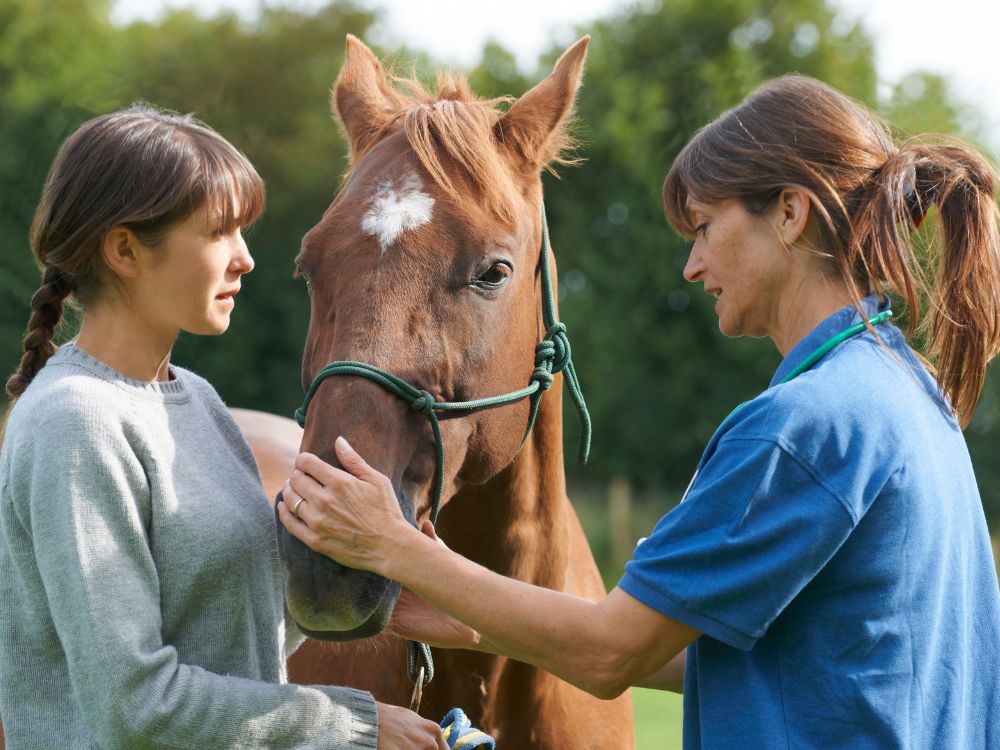
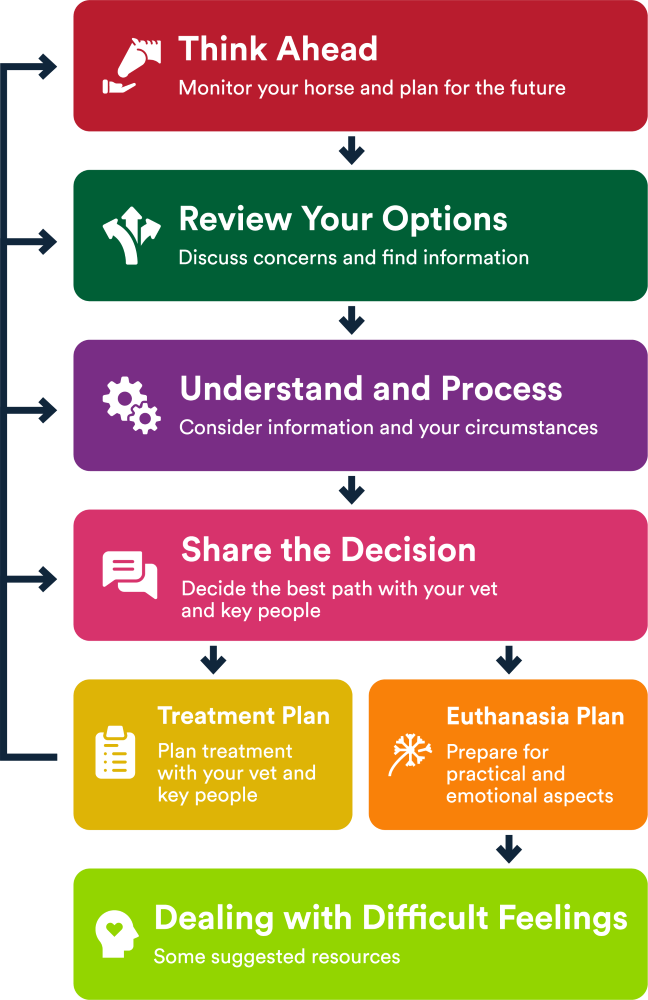
What is Shared
Decision-Making?
Shared decision-making is where patients and healthcare providers work together to make choices for the patients’ care. Sharing decisions helps choose the best care or treatment for your horse. Responsibility is shared between the people making the decision. It will likely involve you and your vet but could also involve a range of other trusted people. Such as a loaner or sharer, family members, yard manager, farrier, or physiotherapist.
People may use shared decision-making in different ways. You might prefer to take the lead, or prefer your vet to lead. Your preferences might also change depending on the situation. Talk with your vet about the role you want to take in each decision, to help set both your expectations.

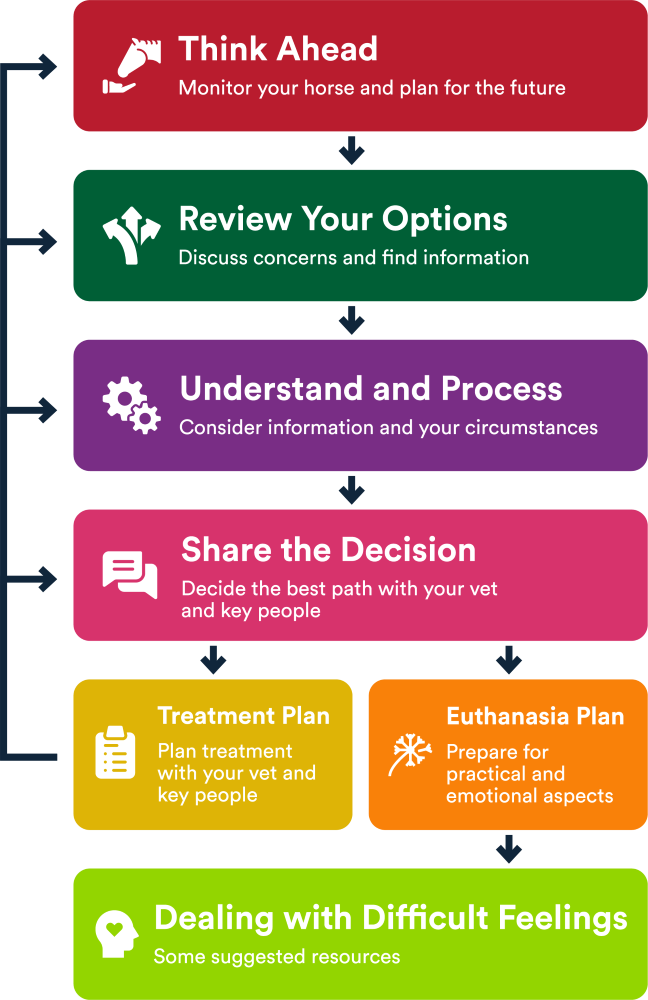
Your TRUSTED Guide
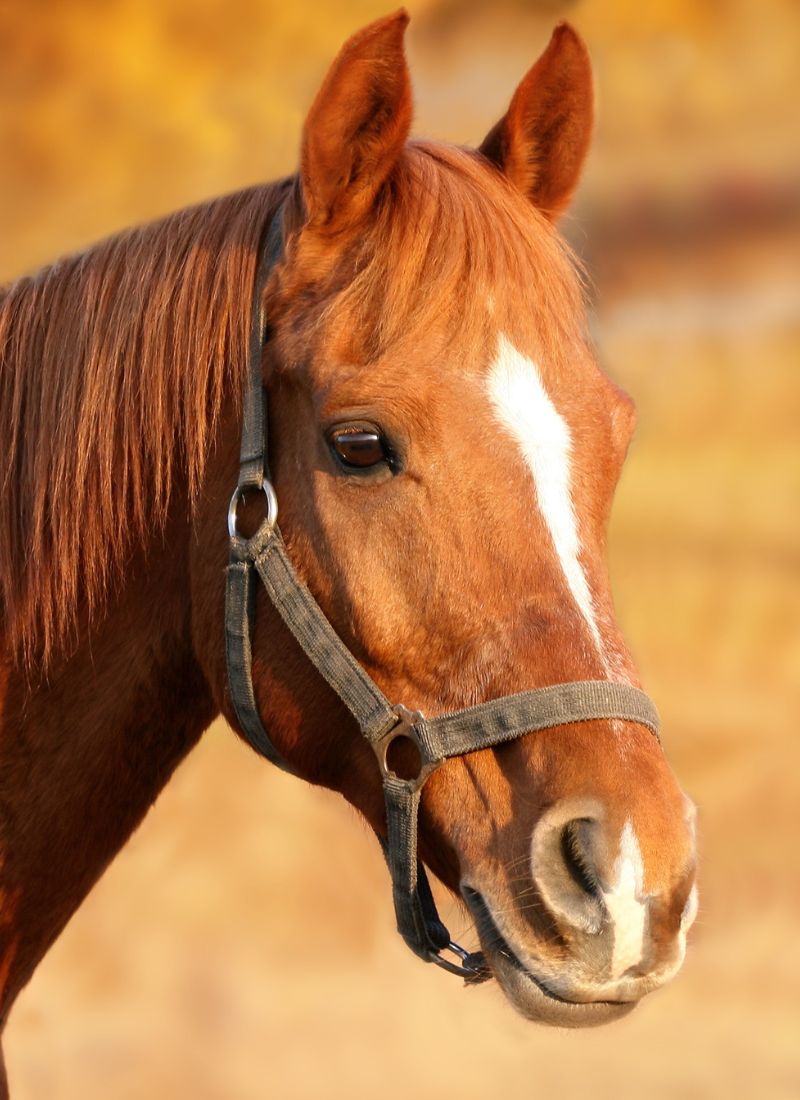
Think Ahead
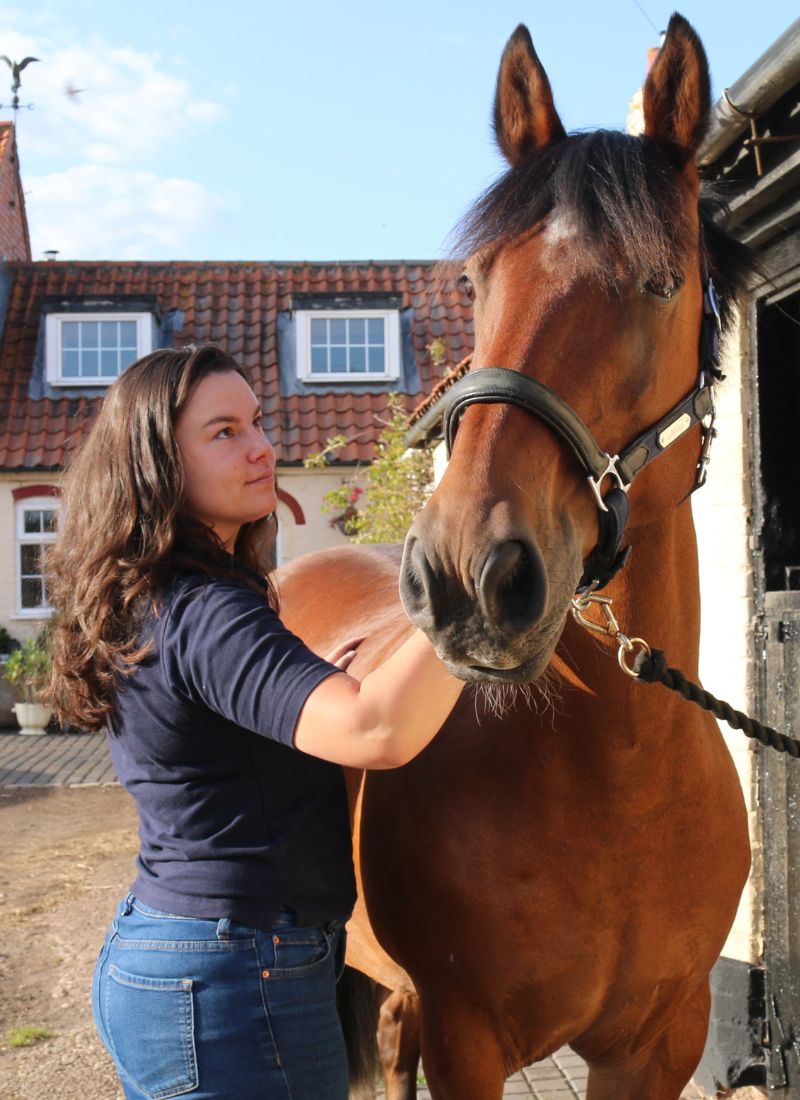
Review Your Options
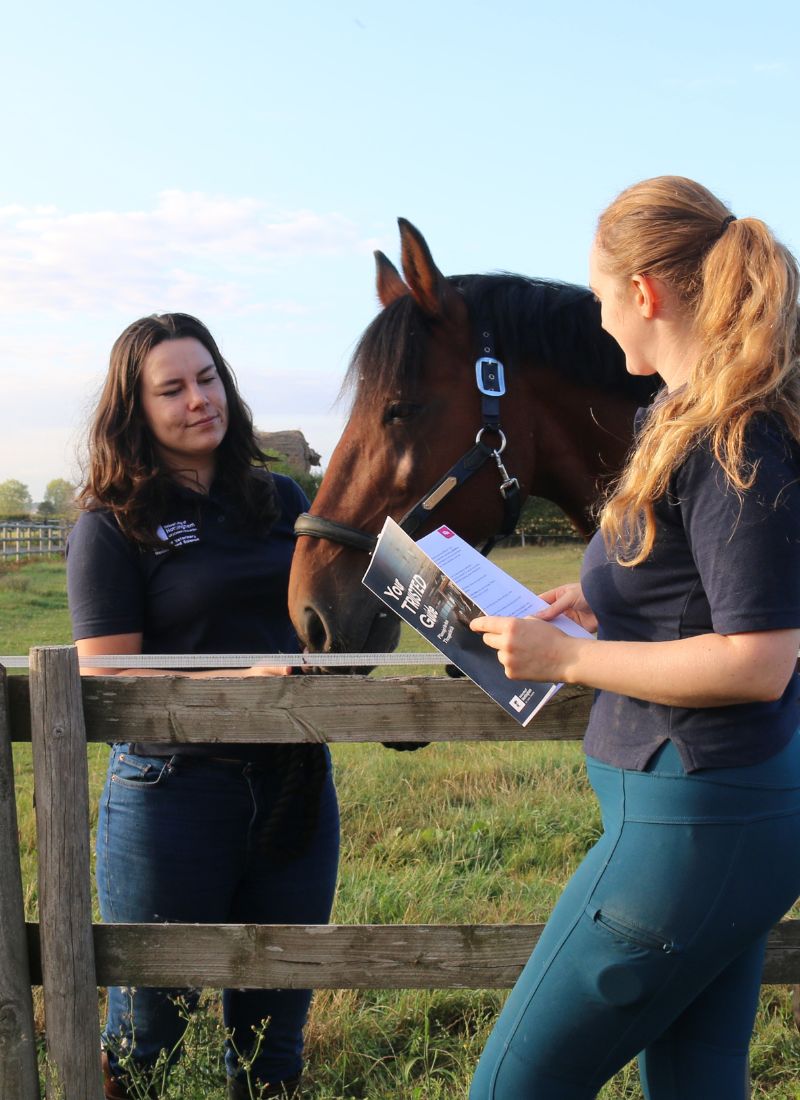
Understand & Process
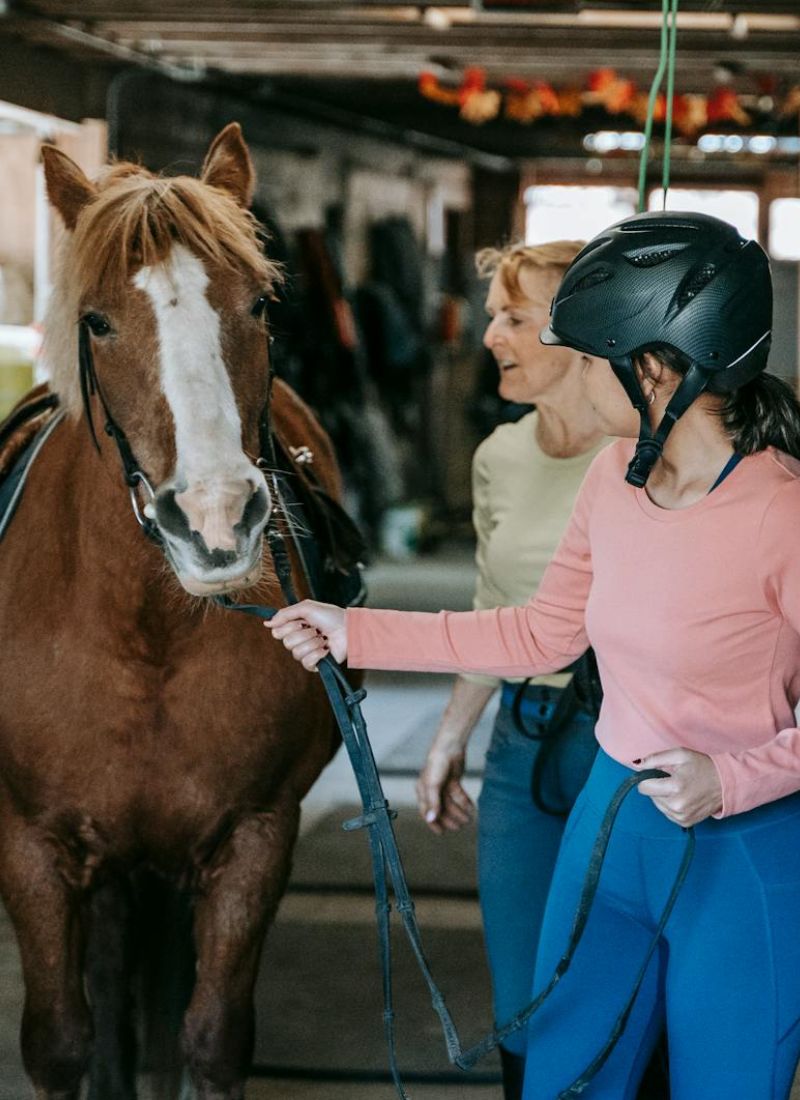
Share the Decision
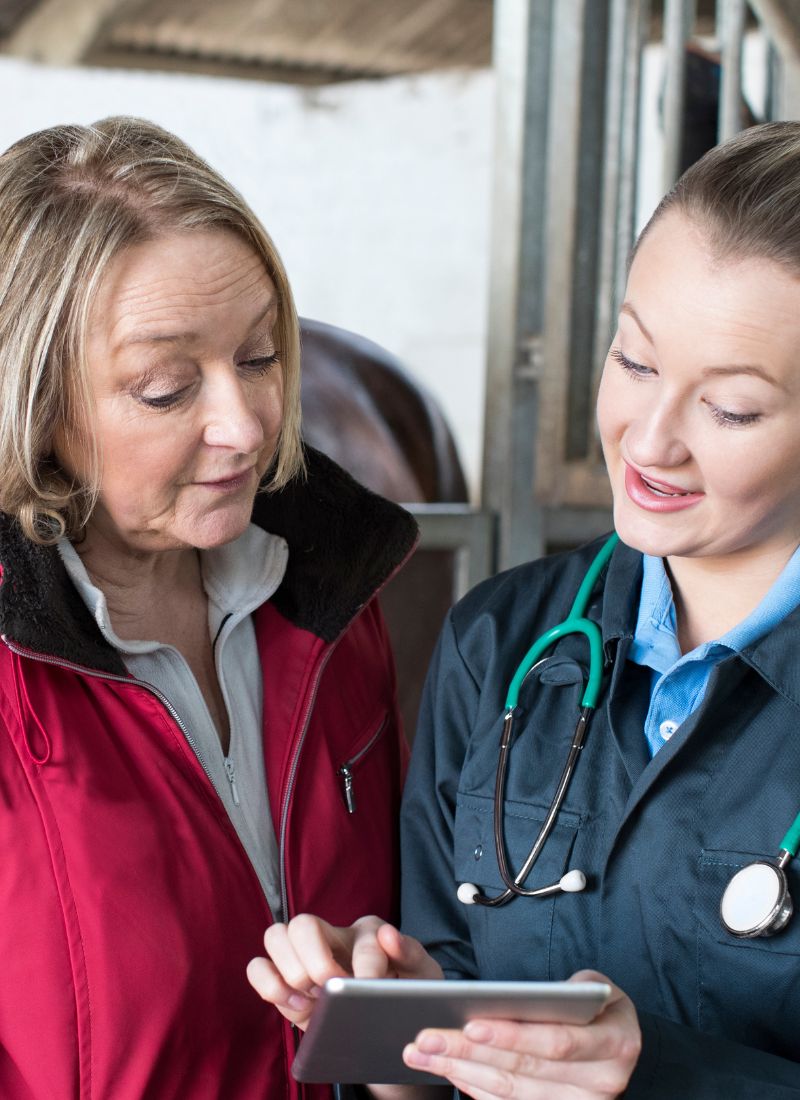
Treatment or Euthanasia Plan
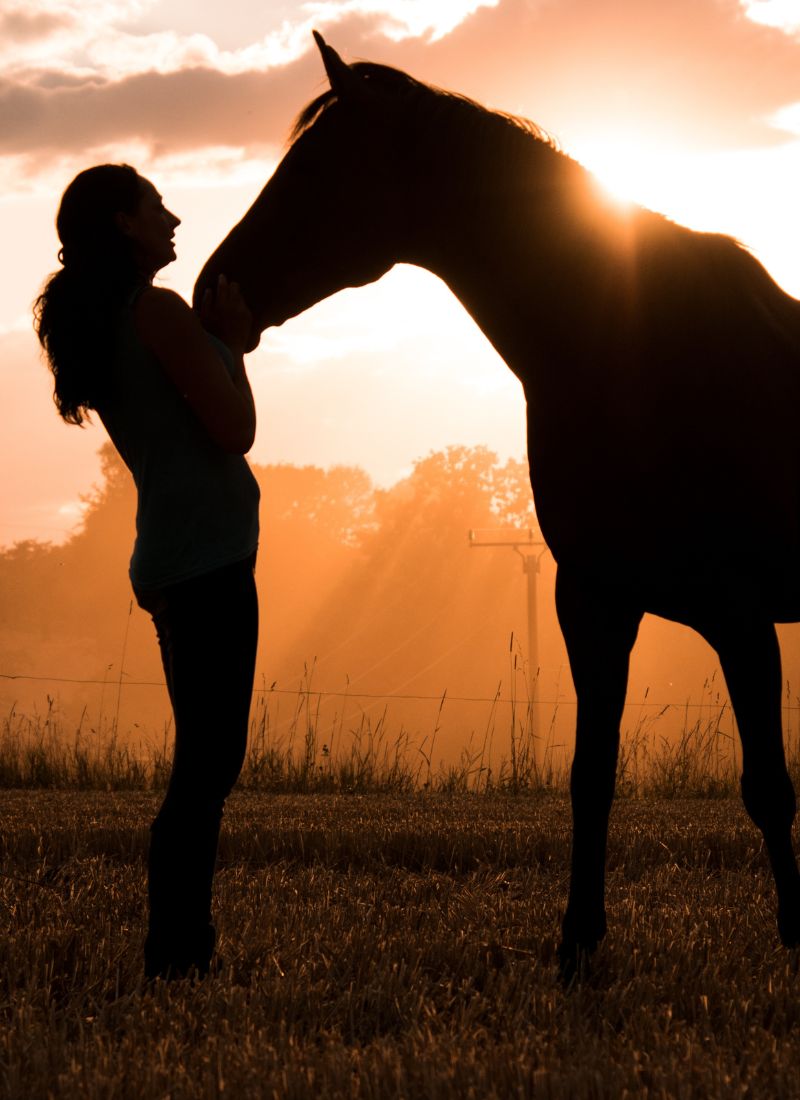
Dealing with Difficult Feelings
1. Think Ahead
Planning ahead means you can monitor your horse’s health and wellbeing throughout their life. You are then prepared to care for them in the future, and ready for unexpected issues or emergencies. It is helpful to do this from when you first begin caring for them, but you can start at any stage, when you feel ready. To help you make a life plan for your horse, fill in the ‘Your TRUSTED Plan’ document.


1. Think Ahead
Planning ahead means you can monitor your horse’s health and wellbeing throughout their life. You are then prepared to care for them in the future, and ready for unexpected issues or emergencies. It is helpful to do this from when you first begin caring for them, but you can start at any stage, when you feel ready. To help you make a life plan for your horse, fill in the ‘Your TRUSTED Plan’ document.
What can I do?
- Write down your aims and goals for your horse. What do you want to do with them? How will you care for them now and through their life?
- Build a picture of your horse’s current health and wellbeing. You could do things like assessing quality of life, body condition scoring, creating a list of things your horse enjoys, and writing notes of changes that you see.
- Make and record your plans for dealing with emergencies, including ‘just in case’ for euthanasia. Emergencies can happen to horses of any age. E.g., what would you do if your horse got life-threatening colic, or had a serious accident? If you have insurance, do you know what it covers?
- Discuss your plans with your vet, other professionals, and friends or family involved in your horse’s care. It is important that the people looking after your horse know your wishes and plans in case you can’t be contacted.
- If you’ve nominated someone who can make decisions for you, write down their name, decision-making powers, and maximum cost they can approve. Sign this and give it to your vet practice. Remember to review regularly.
What can I ask my vet to do?
- Make suggestions of methods and tools for monitoring your horse’s health and wellbeing.
- Help to make, or give feedback on emergency and end of life plans for your horse.
- Review your health monitoring and emergency plans with you, e.g. annually when your horse is vaccinated.
2. Review Your Options
If you’re worried about your horse’s health or wellbeing, the first step is finding out more to help you make the best choice for their care.


2. Review Your Options
If you’re worried about your horse’s health or wellbeing, the first step is finding out more to help you make the best choice for their care.
What can I do?
- Talk to your vet, equine professionals, and others involved in caring for your horse about treatment options for conditions you are worried about.
- You might want to ask about signs indicating improvement/deterioration, prognosis with different treatment/management options and without treatment, as well as how different options might affect behaviour and welfare, what level of recovery you could expect, costs involved. Writing down questions before you speak to your vet can help you remember key points.
- Think about keeping a diary for your horse, e.g. writing daily or weekly notes on your phone and saving photos and videos. This will help you recognise gradual changes, and find the things that makes your horse happy.
- Think about how you will make difficult decisions. Who would you ask for help and advice? Where will you get information about treatment, care and euthanasia options? Who will you share your wishes and opinions with? Who do you trust to support you?
What can I ask my vet to do?
- Share knowledge and opinions of the issue and treatment options (including costs and practical aspects).
- Listen to and consider your experiences, and things you prefer for your horse.
- Provide or suggest where you can find additional information if you need it.
- Talk to you about who (if anyone) else should be involved in decision-making.
- Have a discussion with you about both of your preferred roles in making treatment or end-of-life decisions.
3. Understand and Process
Set aside time to process information and your options. Some conditions get worse slowly, and changes can take place over days, weeks, months. So, keep re-assessing your horse and your decisions.
In an emergency, things can change very quickly. If you have made a life plan and an emergency plan, these will help. Remember that plans can and will change, and try to keep them up to date.


3. Understand and Process
Set aside time to process information and your options. Some conditions get worse slowly, and changes can take place over days, weeks, months. So, keep re-assessing your horse and your decisions.
In an emergency, things can change very quickly. If you have made a life plan and an emergency plan, these will help. Remember that plans can and will change, and try to keep them up to date.
What can I do?
- Help your vet to keep an open dialogue with you, e.g. by being honest if there is anything you’re confused about or don’t understand.
- Read and take time to understand any extra information your vet has provided.
- Consider all the options available and how they could impact your horse and you.
- Consider any new information, changes in your situation, or changes in your horse’s health and behaviour.
- Remember your decisions need to be the best options for your horse, and what you can realistically afford and manage to do.
What can I ask my vet to do?
- Check you have understood information they have provided.
- Consider how different options could be adapted, so they work best for your horse and your specific situation.
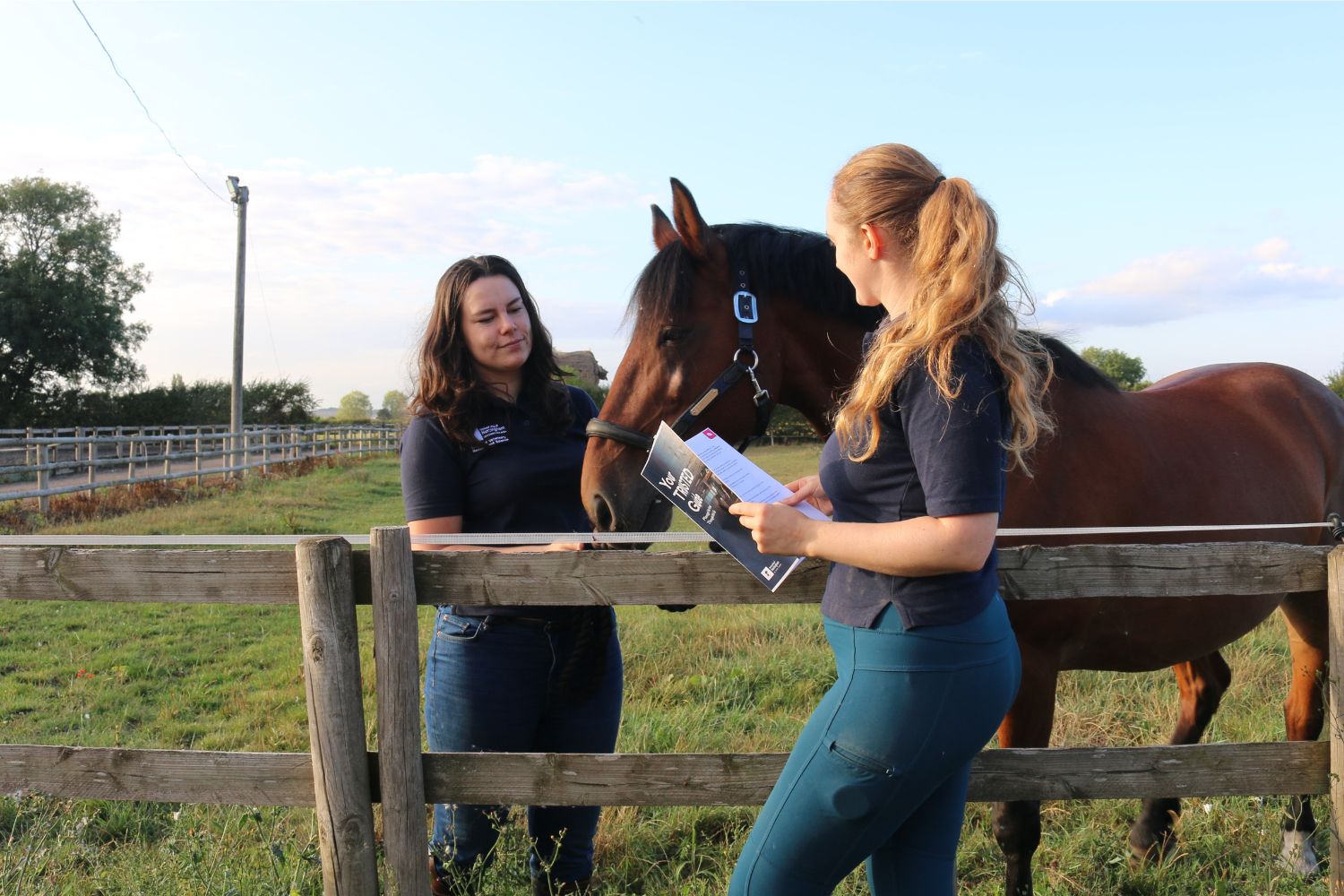
5a. Treatment Plan
Once you have decided on your best option, develop a treatment plan with your vet (and any other key people involved). Your chosen treatment may aim to be curative, for management, or palliative. Discuss what needs doing and when, how your horse’s progress will be monitored, and how you can keep checking their quality of life. Remember, you can loop back to any stage of the decision-making guide depending on your personal situation and how things change.


5a. Treatment Plan
Once you have decided on your best option, develop a treatment plan with your vet (and any other key people involved). Your chosen treatment may aim to be curative, for management, or palliative. Discuss what needs doing and when, how your horse’s progress will be monitored, and how you can keep checking their quality of life. Remember, you can loop back to any stage of the decision-making guide depending on your personal situation and how things change.
What can I do?
- Develop a treatment plan with your vet and any other key people. Include goals and how to assess response to treatment.
- If you decide palliative care is the best option, talk with your vet about how you keep assessing quality of life. Agree on signs that indicate you need to consider euthanasia soon.
What can I ask my vet to do?
- Develop a treatment plan with you, considering what’s best for your horse and what you can realistically achieve. The plan should be based on input from your vet, you, and any others involved.
- Discuss your expectations for the chosen treatment, and check these are achievable
- Decide with you what both your roles will be in monitoring and assessing quality of life. Provide advice or resources to support you in doing this.
- Agree on signs that indicate you need to consider euthanasia soon. Be honest with you if they believe euthanasia will need to be considered in the near future.
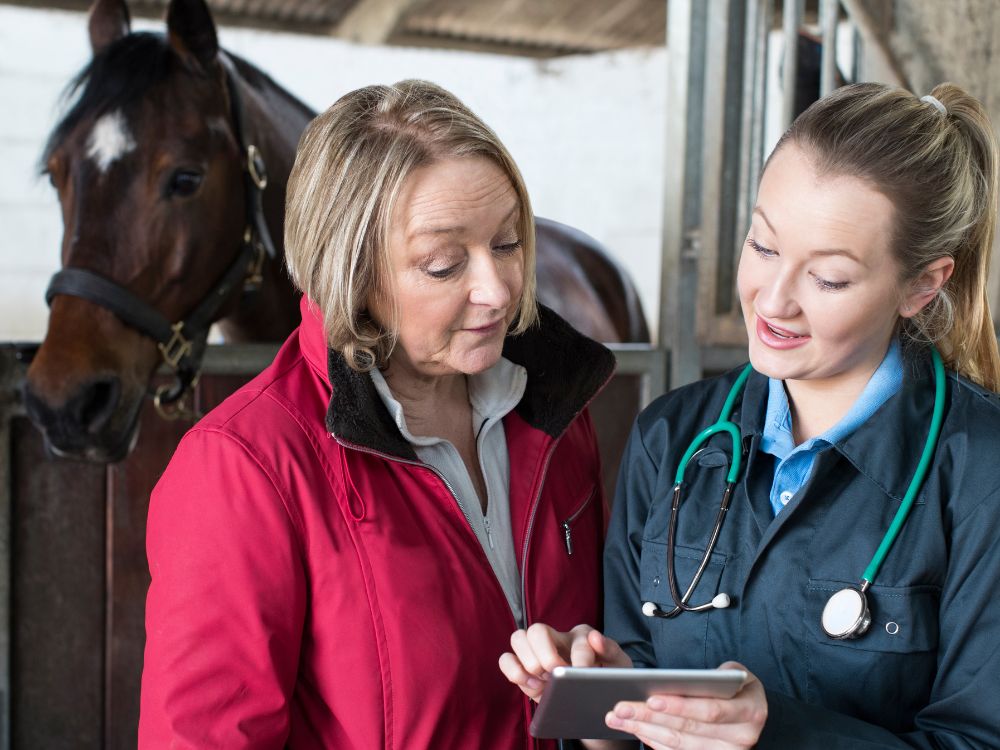
5b. Euthanasia Plan
Euthanasia is part of responsible horse ownership, and used appropriately, will prevent your horse suffering. Most owners will have to make this decision at some point – only 1 in 8 horses in the UK die of natural causes (AESE 2017). Remember, it is ok to stop treatment and choose euthanasia if it’s too expensive, not achieving results, causing your horse stress, or is too much for you to cope with. Once you have made this difficult decision, there are steps you to help this go as smoothly as possible.


5b. Euthanasia Plan
Euthanasia is part of responsible horse ownership, and used appropriately, will prevent your horse suffering. Most owners will have to make this decision at some point – only 1 in 8 horses in the UK die of natural causes (AESE 2017). Remember, it is ok to stop treatment and choose euthanasia if it’s too expensive, not achieving results, causing your horse stress, or is too much for you to cope with. Once you have made this difficult decision, there are steps you to help this go as smoothly as possible.
What can I do?
- If you made a euthanasia or end-of-life plan beforehand, you should review this and make any changes needed.
- If you haven’t, these are the key things to think about: when, where, and how would you like your horse to be euthanased? What body care options would you like, e.g. communal or individual cremation? Who will be there to help and support you? What keepsakes do you want? How will you manage any other horses, the yard, and informing people? What support and help might you need afterwards?
- Think who you want to share and discuss your plan with, and any questions or extra information you would like.
What can I ask my vet to do?
- Review or develop an end-of-life and/or euthanasia plan with you, taking your views and preferences into consideration.
- Check you understand what will happen before, during, and after euthanasia (including the costs and body care options).
- Listen to your concerns and support you through this process, which you may find difficult and emotional.
6. Dealing with Difficult Feelings
Losing a horse can affect people in many different ways, and you may be feeling a range of emotions. Grieving is normal. There are resources and services where you can talk through your feelings, or connect with others with similar experiences.


6. Dealing with Difficult Feelings
Losing a horse can affect people in many different ways, and you may be feeling a range of emotions. Grieving is normal. There are resources and services where you can talk through your feelings, or connect with others with similar experiences.
What can I do?
- There are no right or wrong things to do or feel in this stage. If you feel it would help, try talking to other people, or use some of the resources and services listed.
- There are a range of options to memorialise your horse if you wish. E.g., by having keepsakes made from mane or tail, or a horseshoe, by scattering ashes somewhere meaningful, or creating a memory board.
- Remember grieving is normal, and it affects different people in different ways. There isn’t a standard duration or strength of grief.
- Seek help if you are struggling to cope.
What can I ask my vet to do?
- Understand that you are likely to experience a range of difficult emotions. Understand you may feel things like guilt, even if euthanasia was the best decision for your horse’s welfare.
- Signpost you to bereavement resources.
- Discuss memorialisation options with you, or signpost you to sources of information on this.
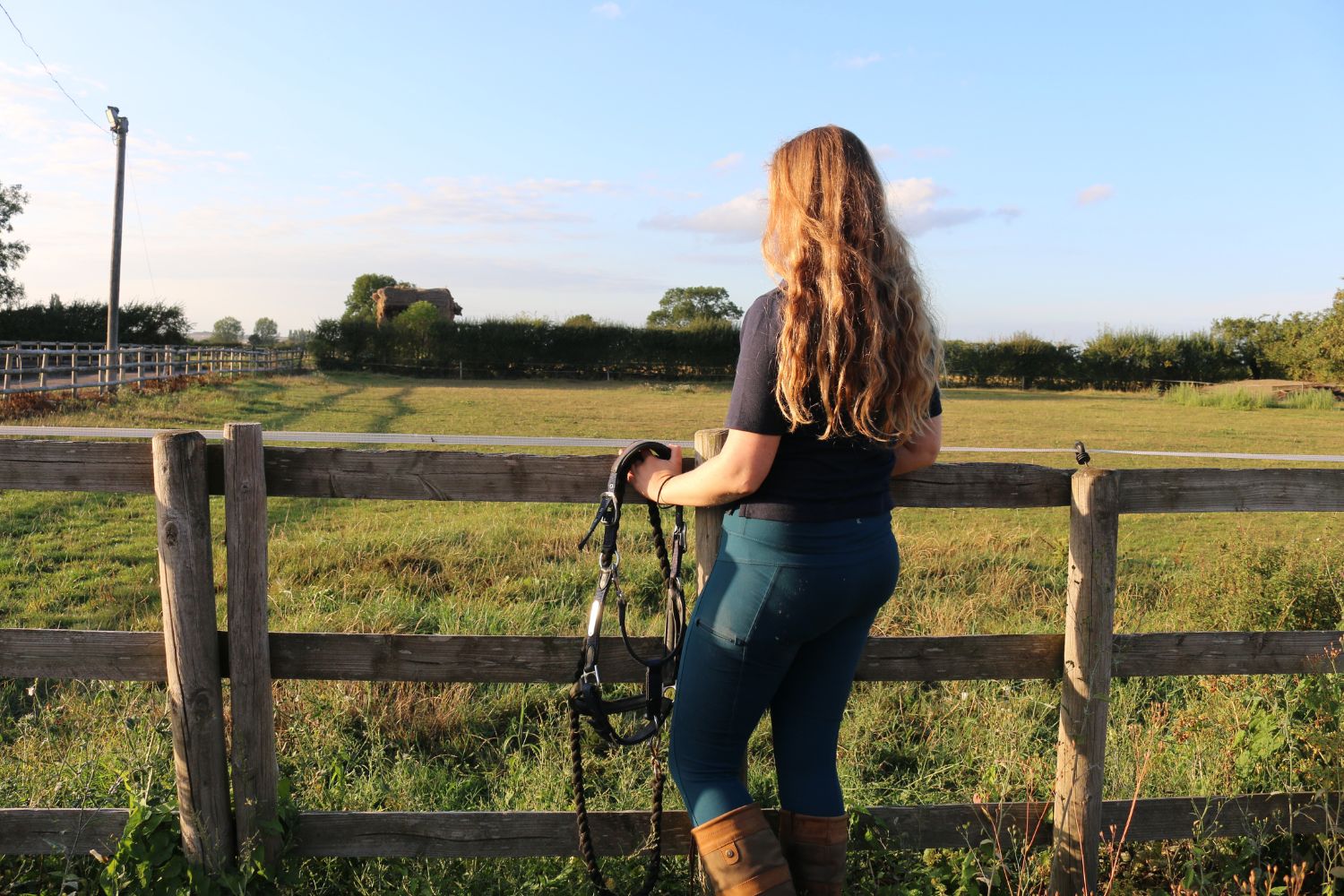
Online Resources
Below is our list of online resources used within our guide.
|
Resource
|
Description |
|
1 |
World Horse Welfare ‘Just in Case’ | End of life planning resources |
2 |
The British Horse Society QOL Form | Information on quality of life (QOL) |
3 |
The British Horse Society Care and Emergency Plan Form | Advice on planning ahead and a form to fill in and share |
4 |
The Donkey Sanctuary Euthanasia and QOL | Factsheet on death and euthanasia, with links to QOL form |
5 |
National Equine Welfare Council Advice Articles | Advice on general care and a wide range of health issues |
6 |
Keeping Britain’s Horses Healthy | Advice on general care and a wide range of health issues |
7 |
World Horse Welfare: Welfare Wednesdays | Free webinars covering a range of topics |
8 |
University of Liverpool and The Horse Trust Weight Management |
Guide on managing weight and monitoring change |
9 |
The British Horse Society and University of Nottingham Colic REACT Campaign |
Advice on recognising and preparing in case of colic |
10 |
The British Horse Society Friends at the End | Free and confidential support before, during and after the loss of a horse |
11 |
Equine End of Life Service | Information on end of life and body care and collection options |
12 |
Blue Cross Pet Bereavement Support Service | Free and confidential pet loss service |
13 |
Cruse Bereavement Support | Resources for understanding and managing grief |
14 |
World Horse Welfare Annual Horse Health Plan | Routine health and management planning |
15 |
World Horse Welfare 5 Domains of Welfare | Information on meeting horse’s needs to have good welfare |
16 |
RSPCA Pet Bereavement Toolkit | Information on coping with grief and supporting others, including children |
17 |
Good Grief Death of a Pet Resources | Links to articles and resources on companion animal loss |
Your TRUSTED Plan
Download and fill in the plan document to record your goals, plans and preferences for your horse throughout their whole life. You can use it to monitor your horse’s health, keep track of any changes, prepare for emergencies, and consider your preferred euthanasia and body care options.
It could be helpful to talk through this plan with your vet during your next appointment. Sharing it with your vet, yard manager, or any others that help care for your horse will help them know your wishes in an emergency.
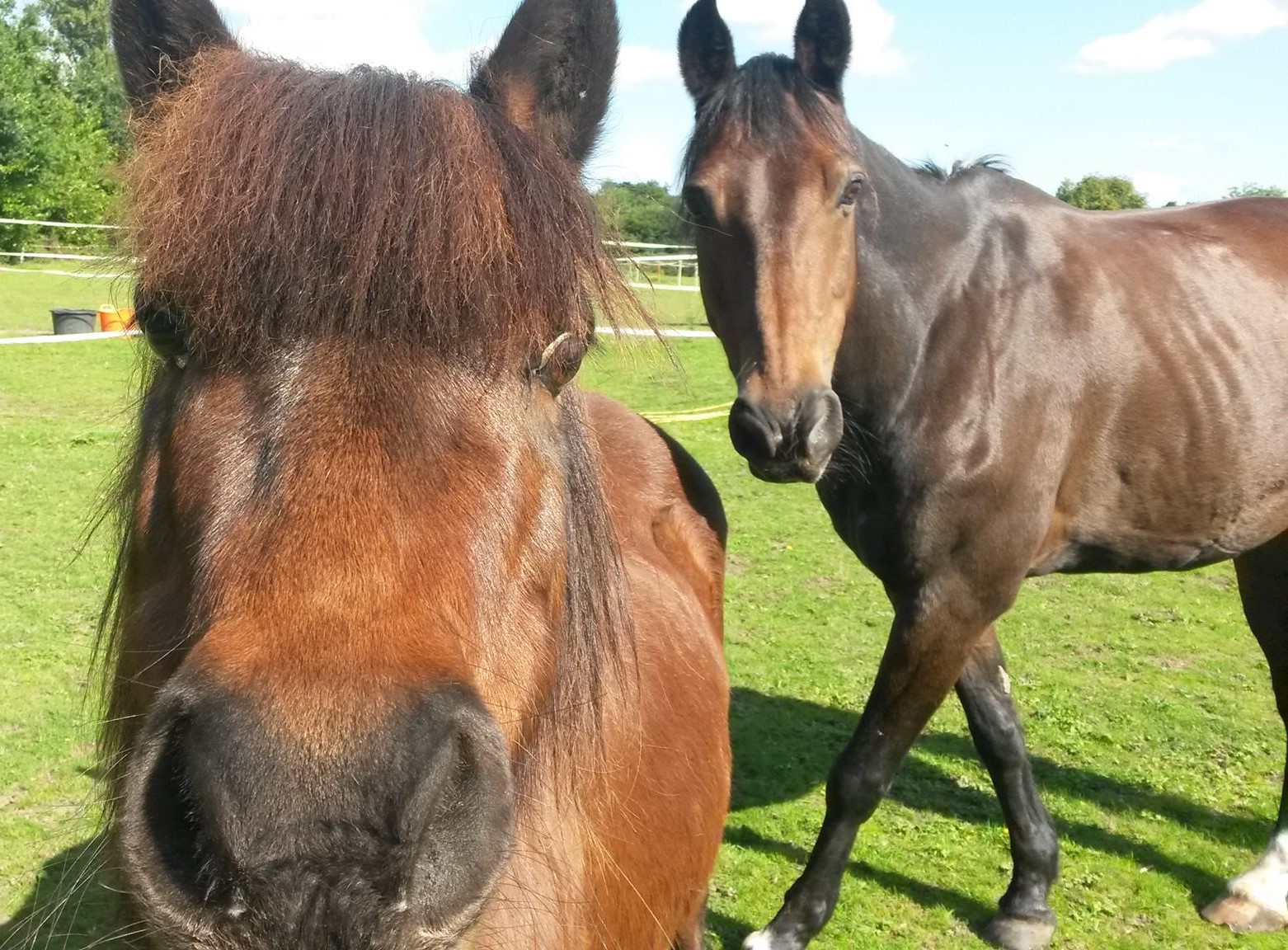
Developing the TRUSTED Resources
The TRUSTED Resources are grounded in evidence, developed through multiple stages of research and refinement. The project began during Amelia Cameron’s PhD, funded by the Horse Trust, during which she developed the initial versions of the resources with the support of a multidisciplinary supervisory team. Amelia is now trialling the resources with owners and vets during her fellowship, funded by the Morris Animal Foundation. The results will be used to further refine and adapt them and develop an implementation plan.
Brief summaries of the completed and ongoing studies that have contributed to the TRUSTED Resources are below. For the studies already published, the full details can be found by following the included links. Publications are in progress for the remaining studies.
1. Scoping Review of Companion Animal Serious Illness and End-of-Life Decision-Making Models
- A structured review of the available literature, 23 relevant studies identified, only 2 were equine specific, neither were developed from original research.
- Twenty components of decision-making models were identified and charted, highlighting those most likely to contribute to shared decision-making.
- The TRUSTED Guide was developed as a comprehensive evidence-based equine decision-making model, which this study identified was previously lacking.
- The structure and content of the TRUSTED Resources are based on the 20 model components identified.
Full study: Cameron et al. 2022 – Scoping review of companion animal end-of-life decision-making models
2. Focus Groups with Equine Veterinary and Charity Teams: Experiences of End-of-Life Decision-Making
- Semi-structured focus groups held at 3 equine veterinary practices and 1 equine charity, with participants in a mix of roles.
- Four main themes generated through thematic analysis: Equine Wefare, Relationships, Decision-Making, Emotional Toll and Coping Strategies.
- A perceived reluctance from owners, and reluctance from participants, to discuss end-of-life care too early was identified. So the focus of the resources was shifted away from just euthanasia, to planning for maintaining optimum health for a horse throughout their whole life.
- It was identified that professionals could find it difficult to initiate quality of life and euthanasia conversations with owners. The resources support open communication about between vets and owners, offering a structured approach to going through these topics.
- The focus groups demonstrated the value of shared decision-making and vet-client rel when making difficult decs, so resources support SDM where this is owner’s pref, and designed to be used over a long period, to help build communication over time.
Full study: Cameron et al. 2025 – Experiences of End-of-Life Decision-Making in Equine Veterinary and Charity Teams
3. Survey of Equine Stakeholders' Experiences of End-of-Life Planning and Decision-Making
4. Initial Stakeholder Feedback: Interviews and Focus Groups
5. Trialling the Resources in Practice: Ongoing Study
Research Team
Dr Amelia Cameron, Dr Eleanor Wilson, Dr Katie Burrell, Prof Kristian Pollock, Dr Tim Mair, Prof John Burford, Prof Gary England & Prof Sarah Freeman
Contact
School of Veterinary Medicine and Science,
University of Nottingham,
Get in touch
Contact our team if you would like to learn more about planning ahead for your horse and the decision making process involved.
Your TRUSTED Guide
Planning for Your Horse Throughout Their Life





This page was last updated: November 2025
